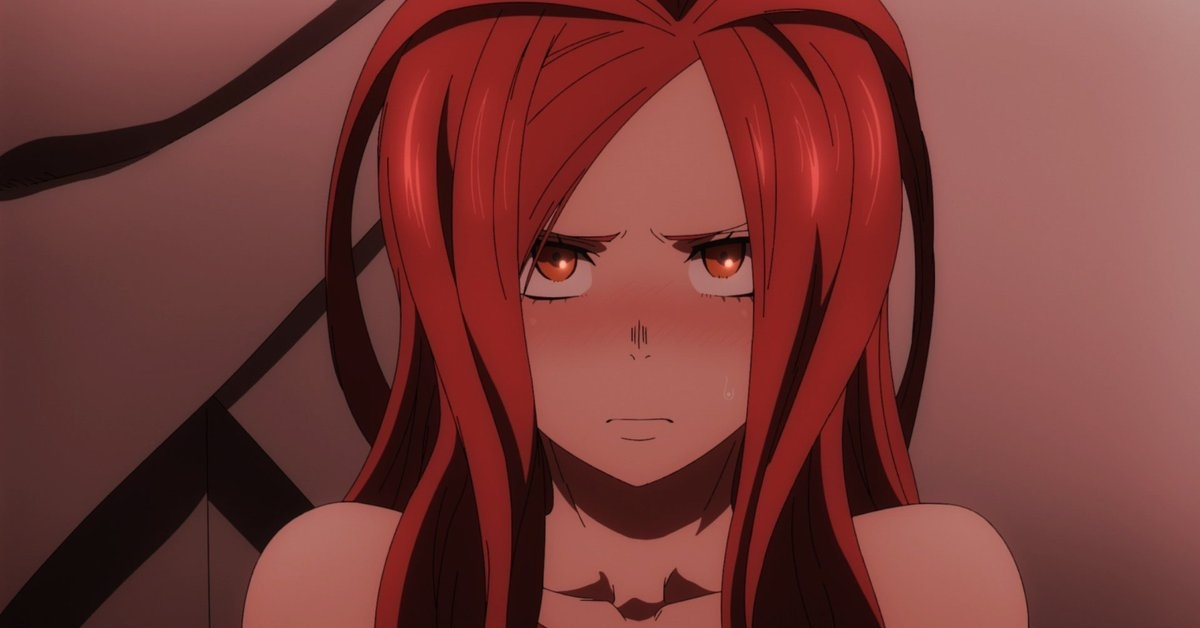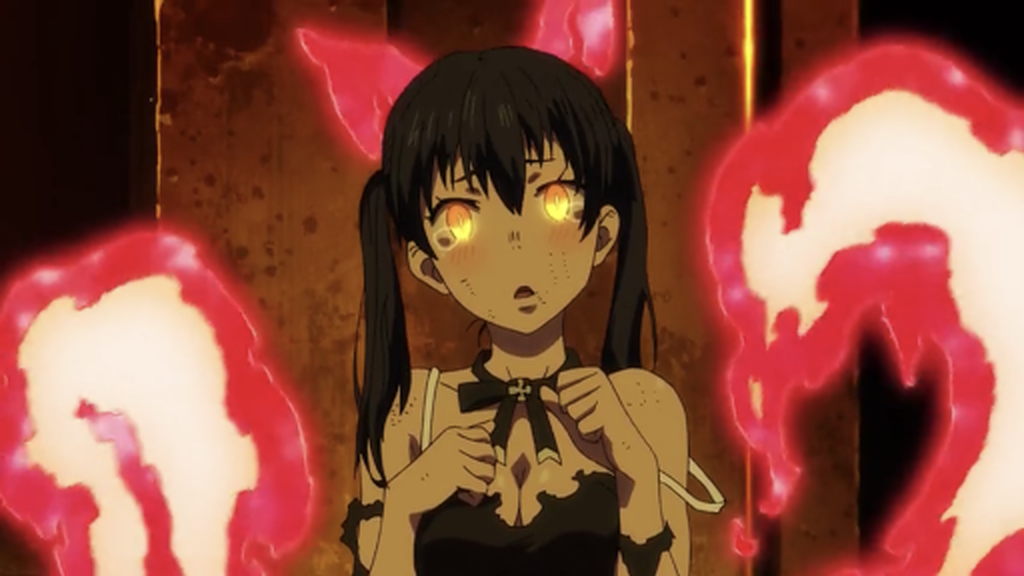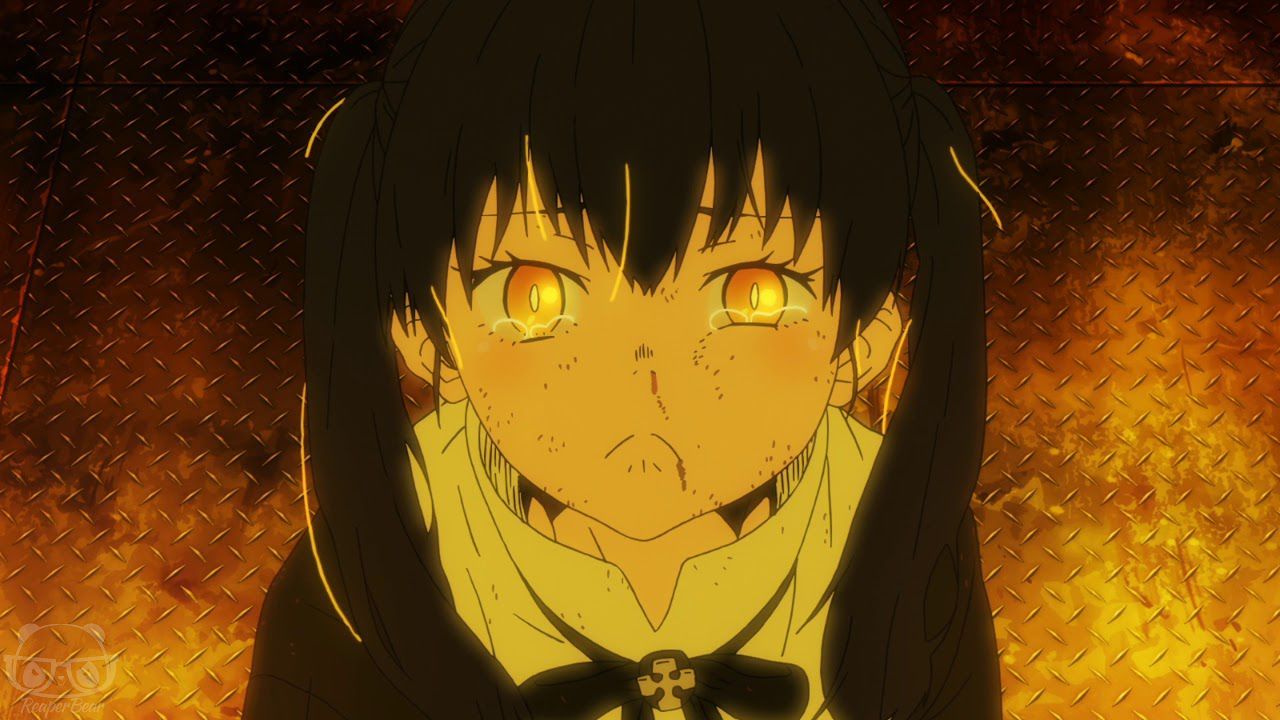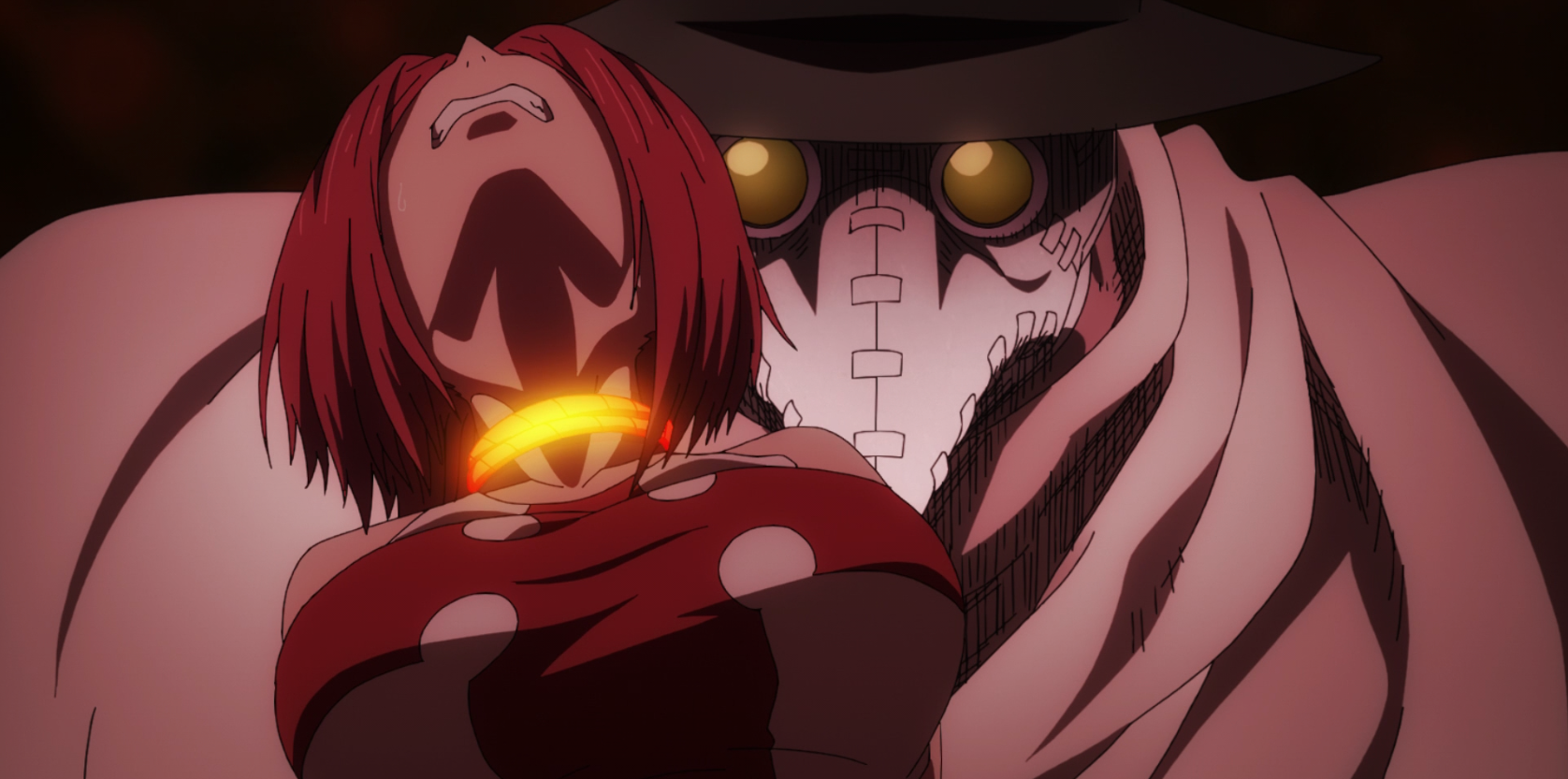WARNING: The following article contains spoilers for Season 1 of Fire Force.
Fire Force proved to be one of 2019's hottest anime hits. This was thanks in part to a strong creative team: the mangaka behind its source material, Atsushi Ōkubo, who created the acclaimed Soul Eater, and animation from David Production, who is best known for the cult anime, JoJo's Bizarre Adventure. Ōkubo's usual eclectic mix of characters, plus a fascinating and layered mythology, combined with some stunningly put together action sequences from David made for a captivating first season for legions of fans.
However, none of this can quite paper over Fire Force's cracks. Rushed pacing and an overcrowded cast have led to a season that was visually spectacular but hugely underdeveloped where narrative depth and character arcs were concerned. In the end, the 24 episode run felt more like one, drawn out introduction to a story, rather than the story itself. None of these issues add up to a "bad" show, per se, but certainly, Fire Force could use a lot of fine-tuning in its second season.
These gripes, however, pale into triviality compared to the most damning thing in Fire Force's first season: its poor treatment of women. Specifically, its repeated use of sexualized violence. No, not sexual violence -- sexualized violence, a whole other troubling kettle of misogynistic fish.
This deeply problematic element is something we've called the show out on before. In Episode 8, Tamaki, a Fire Soldier stationed with Special Fire Force Company 1, found herself on the receiving end of the traitorous Lieutenant Rekka's rage when her loyalty to him began to break. Rekka, who was secretly working as an agent of the series' primary antagonist, the Evangelist, had been exploiting Tamaki's affection so that he could use her as his unwitting accomplice.
Following his orders, Tamaki brought a group of children to an abandoned warehouse, thinking that Rekka had found a way to ward civilians against spontaneous human combustion (Infernalization). In fact, the opposite was true: using special insects, Rekka's real plan was to artificially trigger Infernalization in the hopes of finding the right "subject" for the Evangelist.
Tamaki was distraught when Rekka's true psychotic colors came through and, despite being a capable fighter, she found herself unable to defend against his power. As Rekka lays into her, it becomes clear his intent is murderous. Fight scenes that deal huge amounts of damage are far easier to stomach when, as is usually the case in fantasy-leaning shonen series, the attacks are just beams of energy or other intangible forces. Fire Force exists in a world of pyrokinetics, and yet, Rekka's attack on Tamaki is mostly bare-knuckled, with the camera lingering on her swollen, bruised face for an unsettling amount of time.
Clearly, this is a creative decision designed to build our animosity towards Rekka -- and it works. No other villain comes close to surpassing Rekka's level of despicableness for the rest of the season. It's just a shame that the cost is another far more vulnerable character's dignity.
Things only get worse, though, when the show's central hero, Shinra, comes bursting in through the roof in the nick of time in Episode 9. In his haste to take down Tamaki's attacker, the fallout from Shinra's flaming kicks ends up burning away most of her clothing, leading to Shinra becoming periodically distracted by Tamaki's exposed form in the midst of combat.
The way her body is positioned and the way the camera moves up it -- from the teenager's own hormone-addled perspective -- is undoubtedly an attempt to counterbalance the action with comedy, but all it really does it force the viewer to see the sex appeal of a half-dead woman. On top of this, Tamaki's "lucky lecher lure" (it's exactly like it sounds) turns her bosom into a landing pad for Shinra's face more than once.
Of course, when Shinra himself is brought to the brink of death battling Shō in the penultimate episode, he's hardly the shivering victim in need of rescuing from a horny hero that Tamaki was. Rather, he takes having a sword thrust through his body like a champ.
Ecchi (Japanese slang for crudely sexual) humor is commonplace in anime, and both Soul Eater and Fire Force indulge in it frequently. Love it or hate it, the conflation of ecchi and violence in this way is, at its most benign, an unnecessary disruption in a high-stakes action sequence, and at its worst, utterly distasteful -- and not the fun kind.
Fire Force doubles down on the sexualized violence towards the end of Season 1. In Episode 21, Shinra and the rest of Company 8 take the fight directly to the Evangelist's doorstep in the subterranean Nether.
Two of them, Captain Ōbi and engineer, Vulcan, are confronted by Dr. Giovanni, the former Captain of Company 3 who outed himself as another Evangelist sleeper agent. He also revealed that he had his own spy installed in Vulcan's workshop, a young woman called Lisa. But, just as Tamaki doubted her bond with Rekka, Lisa flounders when the manipulative Doctor instructs her to attack Ōbi and Vulcan during their confrontation in the Nether.
Giovanni, deciding Lisa is of more use to him as a hostage than an attack dog, stabs and strangles the red-head, threatening to end her life unless Vulcan kills Ōbi. As he holds her up by the neck, his sharpened claw digs further into her. Her squeals of pain and writhing body are shot from below, putting her heaving chest squarely at the audience's eye level.
Though it's not as explicit this time around, we're once again dealing with the sexualization of a female character in a moment of extreme peril. To cap it off, Vulcan and Ōbi manage to outwit Giovanni, leaving Lisa to fall -- bridal style -- into Vulcan's arms; a move that couldn't be more distressed damsel if it tried.
Lisa is, at least, shown to bear the psychological scars from the prolonged abuse she suffered under the evil Doctor in the season finale, which will hopefully form the foundation of an interesting redemption arc come Season 2. Tamaki, however, is merely given a slap on the wrist for insubordination and continues to have her body used as the butt of the show's sexual comedy.
There's virtually no time allotted to the emotional repercussions of Rekka's actions toward her. In fact, it solely contributes to Shinra's development, in both his fighting skills and his personal vendetta against the Evangelist. This is textbook "fridging," a trope born from the superhero genre that speaks to the harm or death of female characters simply to service male characters' growth or advance the plot.
In general, Fire Force does a huge disservice to all of its female characters in its first season. There's a wide variety of personality types on the show, from the She-Hulk-esque Maki, to the seductively sadistic Captain Hibana to the sweetly demure Sister Iris, all of whom are vastly underutilized compared to their male counterparts.
Hibana, for instance, is the first Captain from another Company that Shinra encounters, and she's introduced as a potential villain. A couple of episodes are devoted to showcasing her significant pyrokinetic prowess, as well as her shared backstory with Iris. But once Shinra effectively "tames" her shrewish ways, she merely becomes a passive observer, assisting Company 8 from the sidelines while crushing on Shinra like a lovesick cheerleader. Compare this to the male Captain Benimaru, who is introduced in a similarly vengeful manner later on. He receives several episodes where he dominates every opponent he comes across -- Shinra included -- and becomes an essential mentor to Company 8's new recruits.
Ultimately, the women of Fire Force are left with little do other than act as peripheral props or, in the case of Tamaki and Lisa, disposable bodies to be simultaneously beaten and lusted over. Perhaps it's too much to expect from the shonen genre, which has never had good at putting female representation at its forefront. But, with current series like Attack on Titan, My Hero Academia and Dr. Stone providing more to praise than complain about on this front, Fire Force has more cause to correct this problem than perpetuate it in Season 2.
New episodes of Fire Force air every Saturday as part of Adult Swim's Toonami block and are available as SimulDubs from FunimationNow. Season 1 is available from Crunchyroll.




